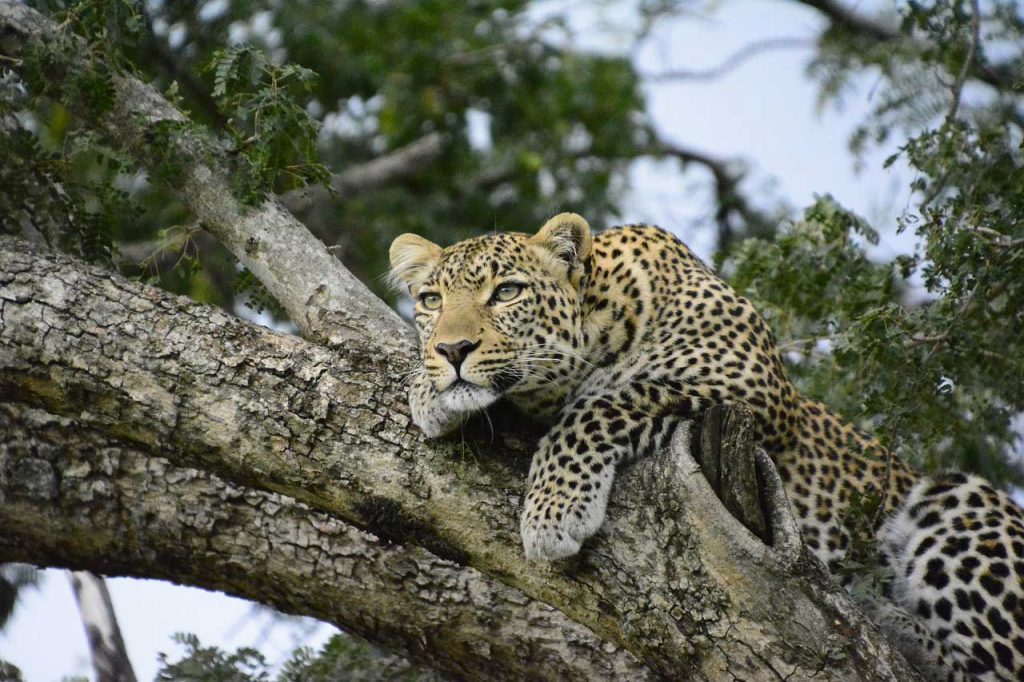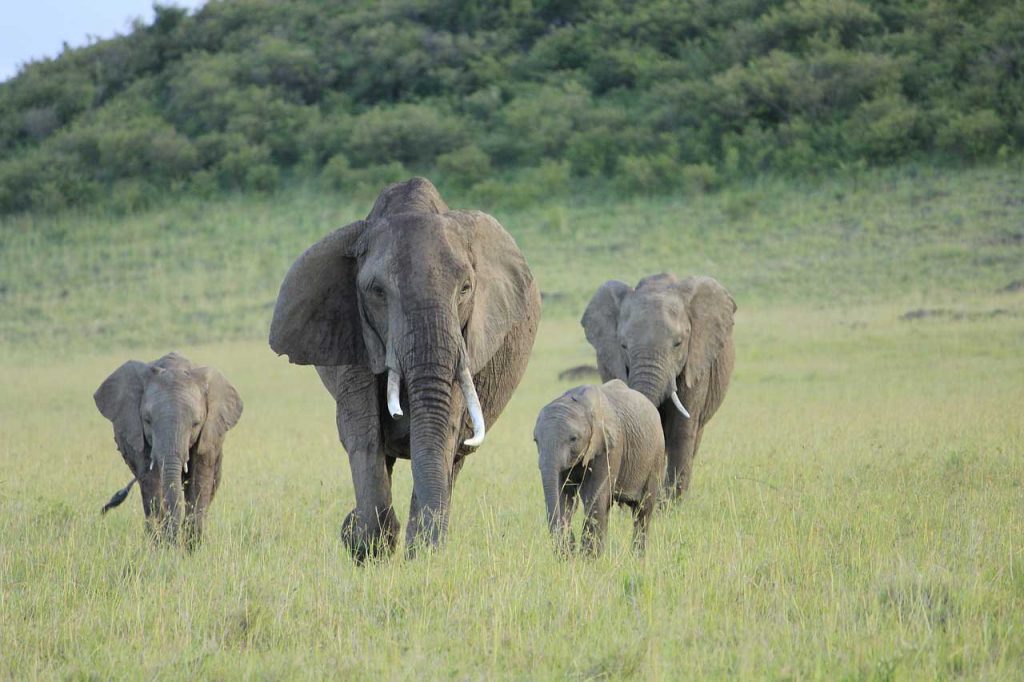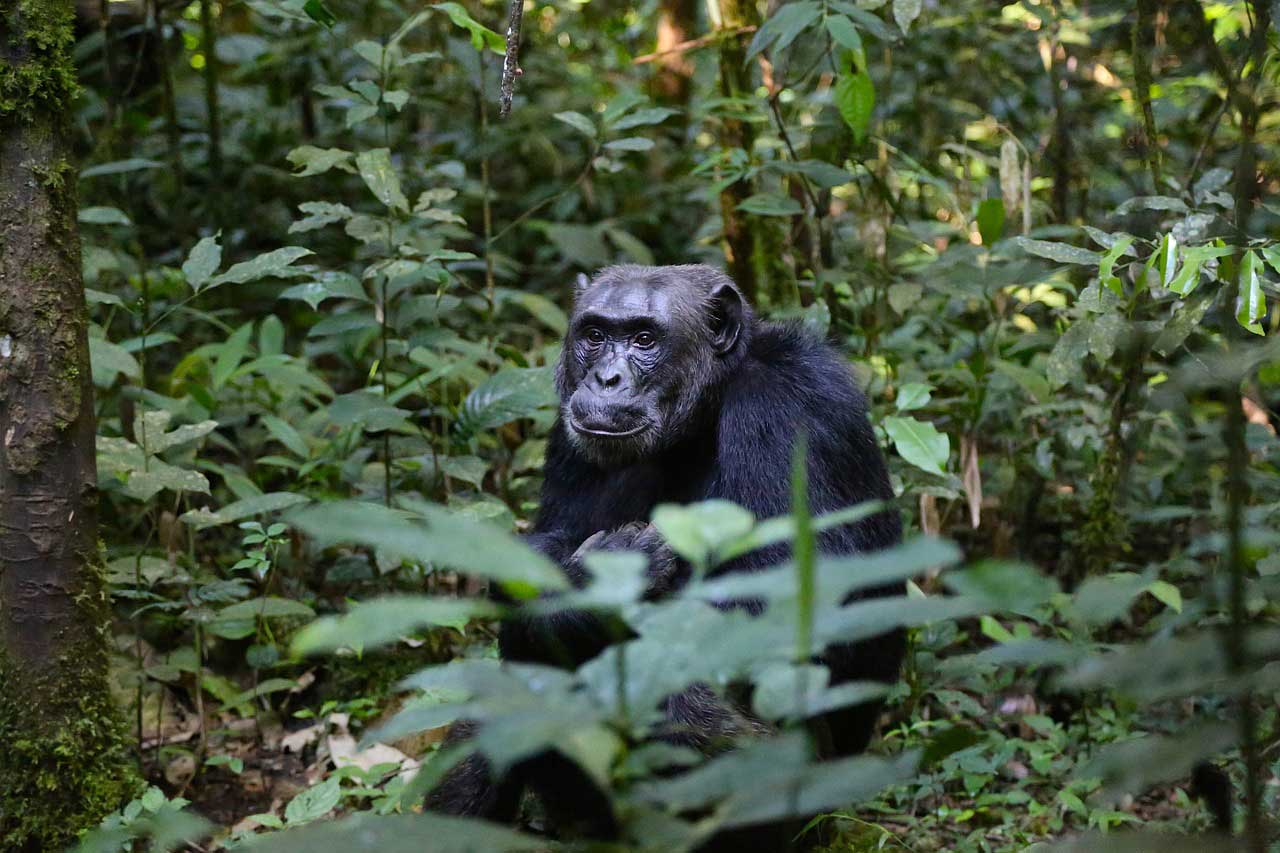News of Prince Harry’s new job as President of African Parks was recently announced and has received enormous support from the conservation world. The Royal involvement in protecting wildlife and natural resources speaks volumes to the fight against poaching and illegal wildlife trafficking and trade, while placing huge emphasis on the promotion of human-wildlife harmony. African Parks has a large number (12) of wildlife areas under their management, and most of those areas are unheard of to most of us. Some of the deepest, most enigmatic wild territories of Africa, where little to no tourism has ever taken place, have suffered in silence as the fight for natural resources and poaching has decimated the landscapes that house some of the continents rarest species.
In this 3-part series, we’re introducing African Parks’ 12 parks, revealing the important work that is being done through collaboration with local authorities to save wildlife. Here are 4 of those 12 conservation areas…
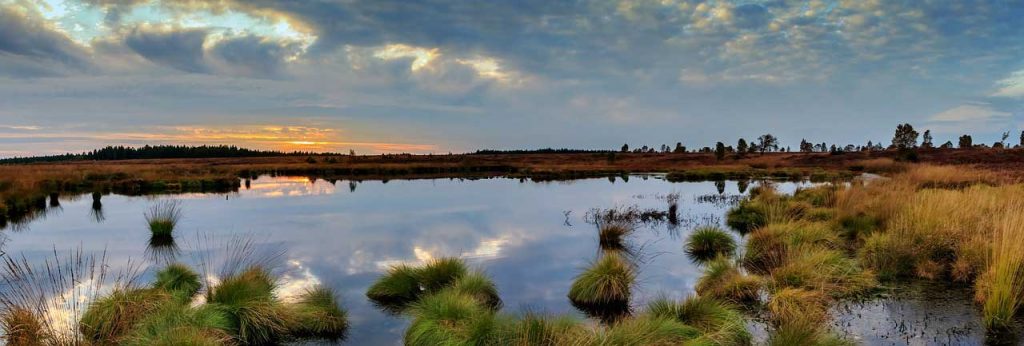
Bangweulu Wetlands
- North-eastern Zambia
- “Where the water meets the sky”
- 433 Different bird species, including the rare shoebill (Shoebill Guard Programme)
- Community-owned and protected
- Co-managed by African Parks, Department of National Parks and Wildlife (DNPW), and 6 Community Resource Boards (CRBs) since 2008
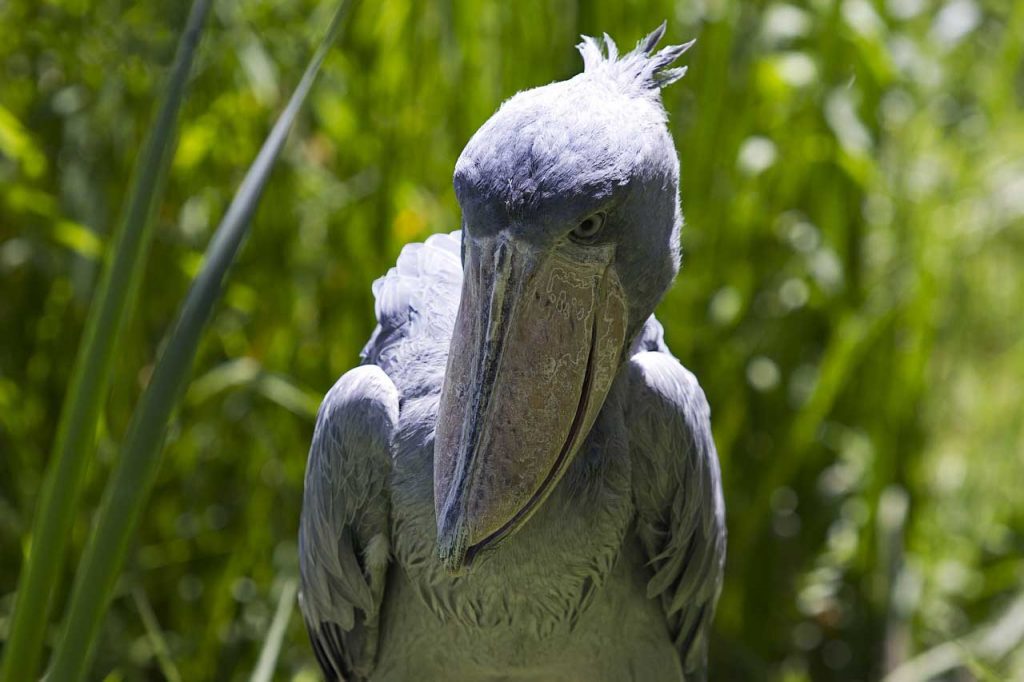
Then and Now:
Pre-African Parks, Bangweulu was decimated by poaching and overfishing, which had depleted the precious wetland resources and habitats. The black lechwe antelope, which is listed as endangered and is only found in Bangweulu, was nearing a dangerous stage of existence as illegal hunting threatened to eliminate the species. Since partnering with African Parks in 2008, the turnaround in the health and wellbeing of this extraordinary wetland, its incredible diversity of species, and the welfare of the local communities has been astonishing.
Now, Bangweulu is one of the largest employers in the region, providing opportunities and direct benefits to local people, who are now the protectors of this cherished, wild area. This growth and achievement can be attested to carefully implemented law enforcement, co-governance and community-fuelled conservation practices, sustainable harvesting and the effective use and protection of natural resources.
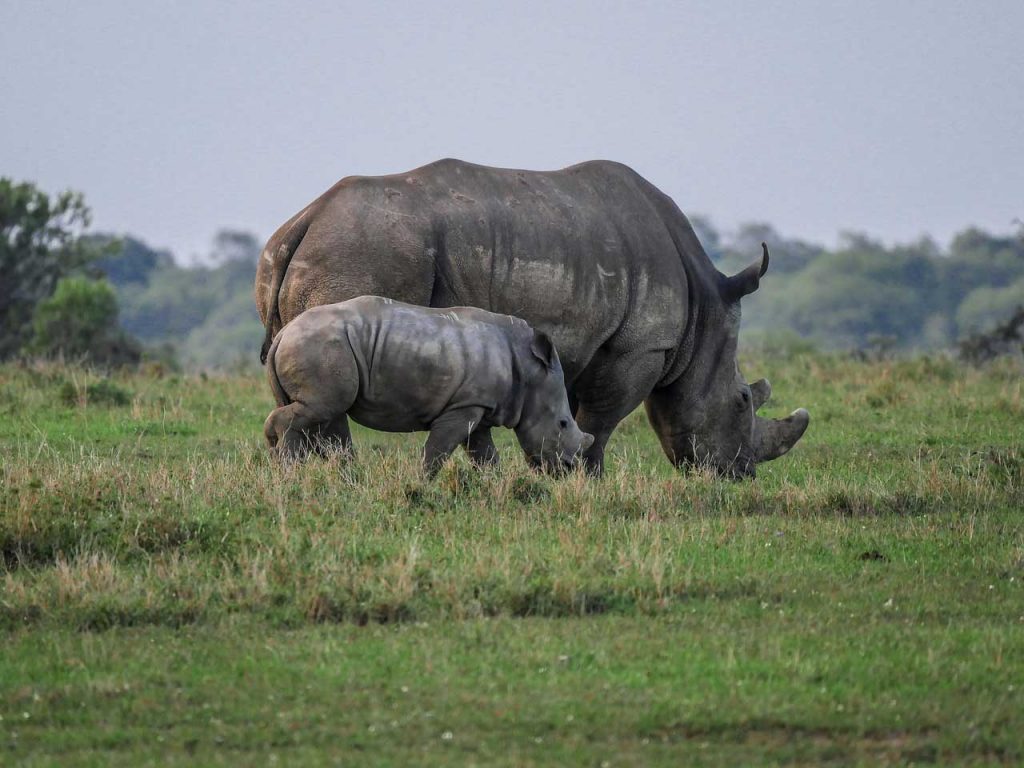
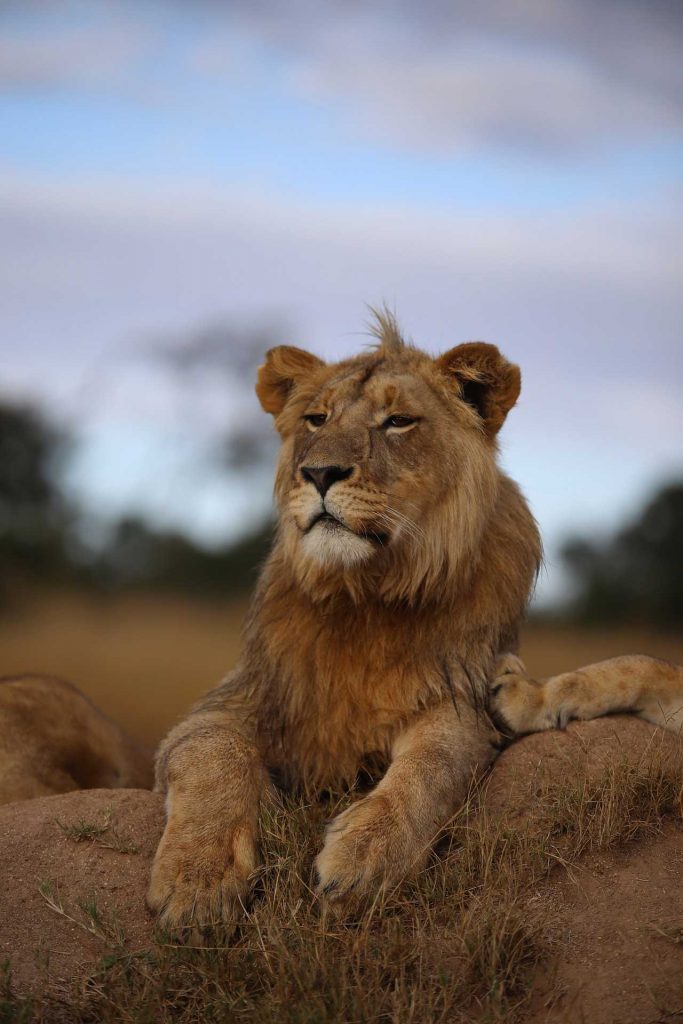
Akagera National Park
- North-eastern Rwanda
- Central Africa’s largest protected wetland and last remaining refuge for savannah adapted species
- 482 Different species of bird, and protected habitat for the shoebill
- Rwanda’s only Big 5 Park
- Co-managed by African Parks and Rwanda Development Board (RDB) since 2010
Then and Now:
During the Rwandan Civil War of the 1990s, the size of Akagera National Park was reduced from 2500 sq. km to 1122 sq. km when more than half of the park’s land was converted to farmland for returning refugees. The war and devastating economic state of the country led to uncontrollable poaching, human encroachment, and illegal wildlife persecution, all of which reduced Akagera to a shadow of its former self.
Since African Parks signed an agreement with the RDB in 2009, the suffering of the natural resources, the communities, and the wildlife has been vastly improved and the reintroduction of Big 5 wildlife species and the resultant impact on tourism has turned this park around. Once again, Akagera is benefitting the local Rwandan people through tourism, while strict law enforcement, canine anti-poaching units, and building kilometers of solid predator-proof fencing has improved the relationship between people and wildlife.
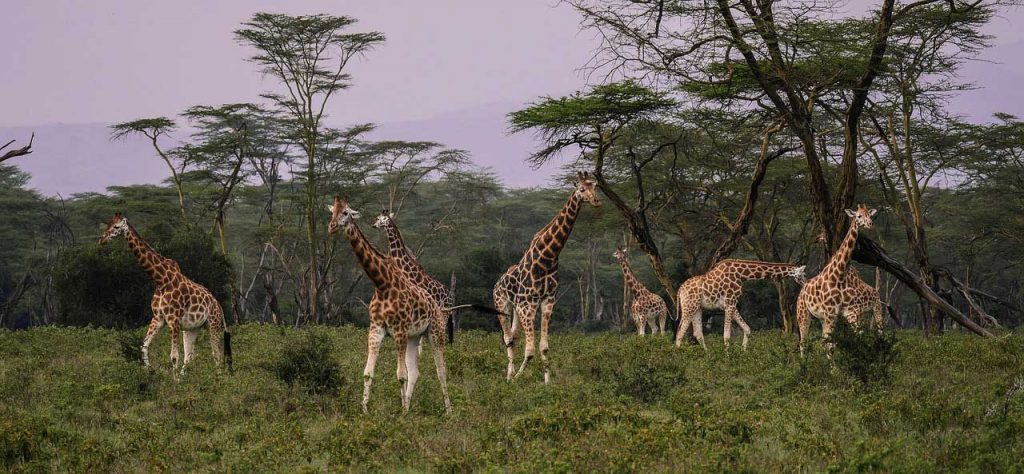
Bazaruto Archipelago
- 143 000 Hectares of seascape and island off the coast of Mozambique
- Unique marine and terrestrial biodiversity
- Newest (13th), and first marine reserve to fall under management of African Parks (along with the National Administration of Conservation Areas) as of December 2017
- Largest viable refuge for vulnerable dugongs in the western Indian Ocean
- Diverse marine and terrestrial habitats supporting incredible plant and animal diversity
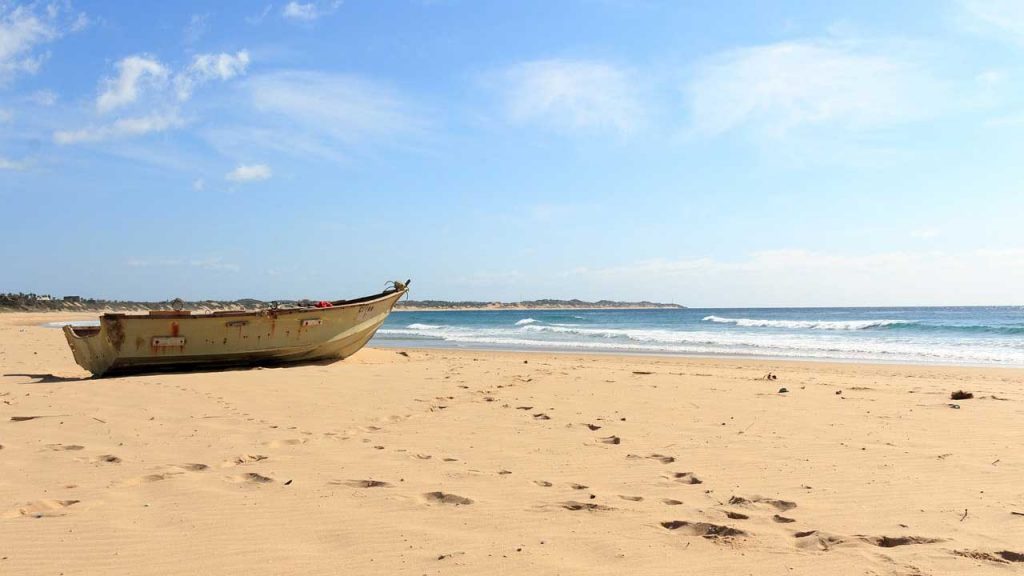
Then and Now:
The Bazaruto Archipelago incoporates 5 islands and a vast stretch of coastline and azure waters, which is home to unique natural inhabitants; but it has suffered severely due to the pressure on its natural resources, which directly impacts the thousands of residents who occupy some of the islands and parts of the mainland. The dugong is the only remaining member of its family, and has been since its relative, the Stellar sea cow, was hunted to extinction in the 18th Century. It is a national treasure and now receives the protection it deserves as a creature of the Bazaruto Archipelago National Park.
With a 25 year management lease just signed, the future for this marine territory is bright. African Parks will work to protect the diverse habitats, including coral reefs, seagrass meadows, mangrove forests, and miombo woodlands, and support the natural environment as well as the communities through ecotourism.
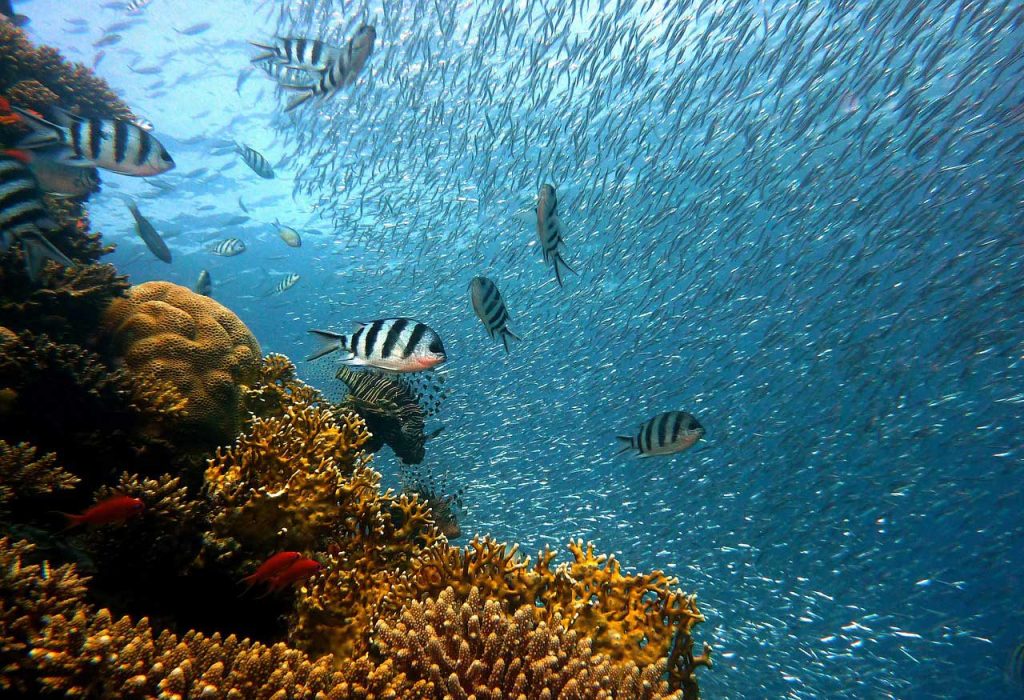
Chinko
- Central African Republic (CAR)
- Over 17 000 sq. km of virtually unheard of wild terrain, from savannah veld to tropical forest
- Both forest and savannah elephant, chimpanzees, Central African lion, golden cat, 9 mongoose species, and up to 600 species of bird
- Populations of keystone species have remained despite rampant persecution
- Greatest conservation potential in Central Africa
- 50-Year mandate granted to African Parks in 2014

Then and Now:
Chinko is vastly unheard of, and it remains one of the wildest territories in Africa with little to no infrastructure, and marginalised communities without access to employment, education, or healthcare. Human-wildlife conflict was rife as villages rely on livestock for livelihoods and food, yet grazing passages take herdsmen and their cows right into the park, therefore destroying the natural environment and putting both livestock and natural predators at risk.
After signing a 50-year mandate to manage the park, African Parks’ partnership with the CAR Ministry of Environment for Sustainable Development of Water, Forests, Hunting and Fishing assures that Chinko supports local communities, protects the ecosystem, and maintains economic value through tourism – providing the key to a sustainable future for this thriving ecosystem. Chinko is now the greatest employer in the area, and the largest tax payer in eastern CAR; while African Parks has provided funds to construct a local secondary school, support medical services, facilitate ranger training and placement, which has secured an area of over 10 000 sq. km in the park. Work continues to find alternative grazing pastures for herdsmen, and education remains key in promoting both people and animal welfare.
